Imagine you are supporting a multilingual project based on customer support, but you are confronted by language barriers that muddle communication and reduce work efficiency. These challenges cannot be solved by human translation alone, as the audiences expect real-time management. That is a point where machine translation services become indispensable. This article presents the top choices and expert insights for rapid and accurate translation.
- Part 1. What Are Machine Translation Services and How Do They Work?
- Part 2. Different Types of Machine Translation Services You Should Know
- Part 3. Top 5 Machine Translation Services for 2025
- Part 4. Machine Translation Programs vs. AI Translation Programs: Key Differences
-
Part 5. Best AI‑Powered Translator for Video & Audio Files Recommended
HOT
- FAQs About Machine Translation Services
Part 1. What Are Machine Translation Services and How Do They Work?
Automated translation service is a platform that uses linguistic databases and algorithms to translate text or speech into multiple languages. These translations are based on statistical, rule-based, and neural network approaches, producing instant translations for a global audience. Here are some key points listed below on how machine translation works:
1.This system automatically detects the source language of user's input.
2.These advanced AI tools utilize neural machine translation to analyze the context to find equivalent expressions in the target language.
3.Software generates accurate translations by preserving the original meaning.
4.Machine translation can be updated with new datasets and users’ feedback.
Translate Videos & Audio with AI in Minutes
Part 2. Different Types of Machine Translation Services You Should Know
For a better understanding of machine interpretation, organizations select the perfect types of services to improve their global communication as mentioned below:
1.Automated Translation Services: These services constitute real-time translations without human involvement and are integrated with business, customer support, and websites.
2.Neural Machine Translation: NMT utilizes deep networks to capture linguistic nuances and delivers natural translations, including Google Translate and Microsoft Translator.
3.Hybrid Machine Translation: Hybrid services offer methods that blend statistical and neural translation to minimize errors, making them ideal for complex translation requirements.
4.Machine Interpretation: Machine translation converts live spoken content into multiple languages, enabling real-time communication in broadcasts by a combination of audio generation and translation.
Part 3. Top 5 Machine Translation Services for 2025
Automated language translation is critical to reach international audiences for global communication. Detailed overviews of top 5 automated translation services are listed below:
1. Google Translate (Google Neural Machine Translation)
Google Neural Machine Translation has gained popularity, leveraging neural networks to support over 140 languages. GNMT is compatible with Google services across mobile phones, desktops, and APIs.
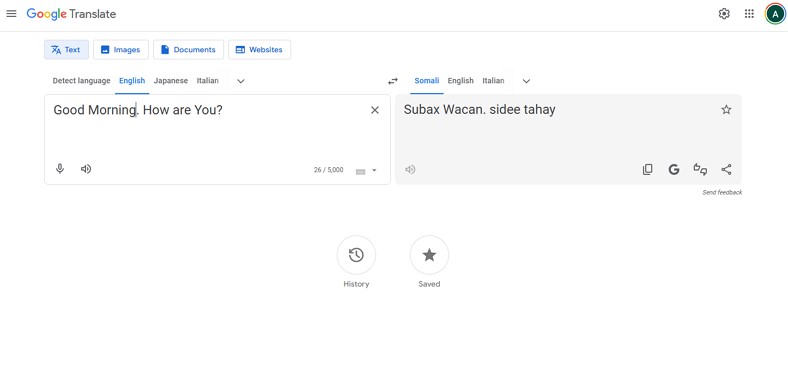
Best For: High-volume communication, text and image translation.
Use Case: Google Translate offers machine translation services for websites and product interfaces, providing real-time multilingual chats, and enabling international businesses to overcome language barriers. While it doesn't support direct video translation, many users search for Google Translate video solutions—often pairing it with subtitles or third-party tools to understand multilingual video content.
2. DeepL Translator
This translator is acclaimed for natural-sounding translations designed by linguistic experts. CAT tools and TMS platforms are directly integrated with customizable glossaries and enterprise-grade privacy.
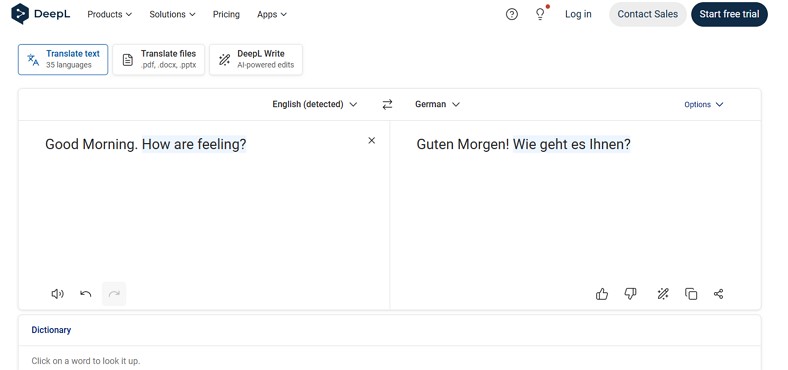
Best For: Technical translations, industries demanding confidentiality, and centralized localization.
Use Case: Helps in building automated translation pipelines, localizing legal contracts, and a fast supporting system with ROI and productivity gains.
3. Microsoft Translator
It offers parts of Microsoft ecosystem, such as enterprise-ready machine interpretation. Microsoft Translator also provides APIs and agile tools for localization, serving as a broader platform for industries and scaling custom-facing applications.
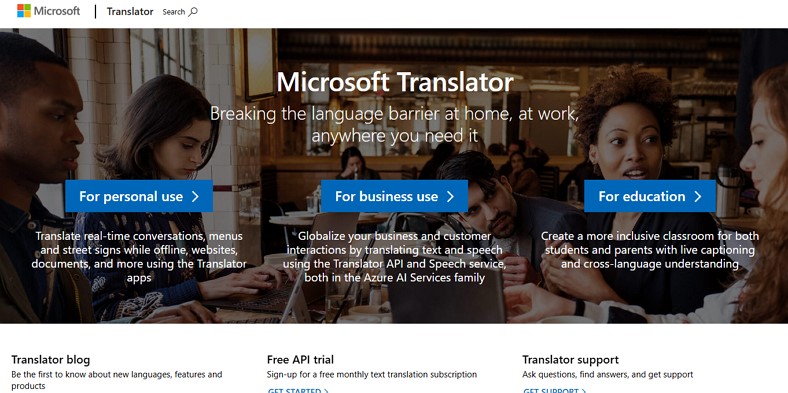
Best For: Businesses using Microsoft products, such as Azure and Office, real-time collaboration, and dynamic content localization.
Use Case: Microsoft Translator integrates translations with customer services, gaming, and social apps, streamlining with CI/CD automated translations.
Translate Your Business Videos in Minutes
4. Amazon Translate
This machine translation service is tailored for organizations that need automated translations, as it is built on a neural machine translation method. Amazon Translate offers deep integration with support service, and AWS products for large-scale localization.
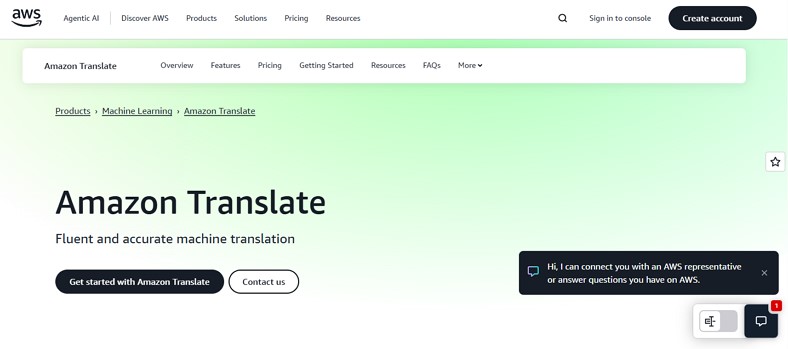
Best For: Cloud-based document, automated translations for e-commerce, and enterprise-scale volumes.
Use Case: Amazon Translate scales localization for apps, user manuals, and websites as well as post-editing translations, which are enhanced with customer reviews.
5. Yandex Translate
Yandex Translate is designed for multilingual management, supporting the translation of documents, texts and websites. It is considered part of the overall cloud ecosystem, as it is integrated with speech and vision services for multimedia localization.
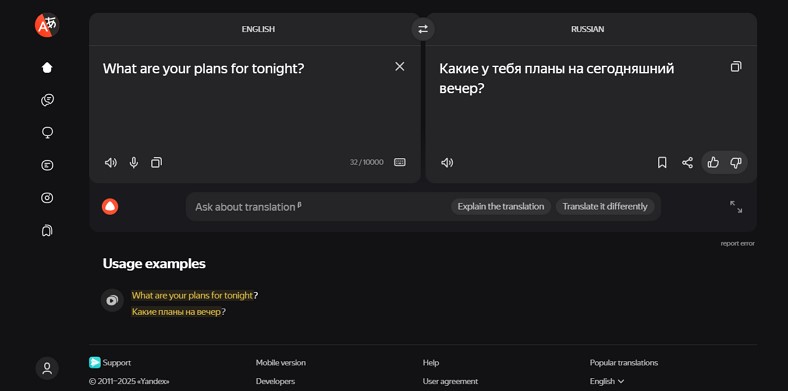
Best For: Specifically translate machine content for CIS and Russian markets, as well as organizations that see API integration and Cloud-based management.
Use Case: Translation engines can automate OCR and speech recognition for Eastern European and Asian audiences.
Part 4. Machine Translation Programs vs. AI Translation Programs: Key Differences
Both of these translation services share some standard features, such as their core function, automation, and use cases, which include automated conversion of text or speech into multiple languages. Machine Translation Services and AI Translation programs have some distinctive differences as well, which are discussed in detail in the following table:
| Aspects | Machine Translation | AI Translation |
|---|---|---|
| Basic Purpose | Designed to automate translations, including statistical engines and rule-based data | AI drives deep learning and neural networks |
| Learning and Adapting Capabilities | Limited to learn from user data | Capacity to generate contextual translations due to AI meaning and intent |
| Examples | Early editions of Google Translate | DeepL Translator, Amazon Translate |
Part 5. Best AI‑Powered Translator for Video & Audio Files Recommended
Let’s imagine you are launching a branding product across border markets, but language barriers restrict your work efficiency. BlipCut AI Video Translator provides machine translation services for translating your content into 140 languages. This tool enables educators, creators, and marketers to localize their content, reaching global audience. It dubs and translates both audio and video files, expanding your global reach.
BlipCut AI Video Translator transcribes spoken dialogues to generate reliable subtitles and produces time-synced captions, resulting in professional-quality outputs. Its comprehensive voice library allows over 300 free AI voices in different accents.
Key Features
-
AI Audio Translator : It is designed to automatically transcribe and translate audio into multiple languages without human involvement.
-
Accent Generator: Specialized feature used to generate regional-specific accents for international audiences.
-
Voice Translator: BlipCut’s Voice Translator can accurately detect source language during online broadcasts and seminars, enabling real-time voice translations.
-
Voice Cloning: This tool is featured for the creation of personalized audio translations by cloning your voice.
A comprehensive guide to using this automated translation service with straightforward navigation is mentioned below:
Step 1. Access BlipCut’s Main Interface to Create Video Translation
Initially, access main interface of the tool and proceed by clicking Create Now button.

Step 2. Upload Your Video For Translation
Press Upload Video to select file and click Target Language to choose specific language from dropdown menu. Then, select the Translate option below screen to generate video translation.

Step 3. Preview Your Video and Export
Lastly, when the video is translated into your target language, tap Export button to modify the settings, then tap on Export button to save the video.

FAQs About Machine Translation Services
Q1. How does Google Neural Machine Translation GNMT improve quality?
A1: Google Neural Machine Translation service enhances quality by utilizing neural network architecture, producing natural and fluent translations.
Q2. Can machine translation by Google API be used for business apps?
A2: Yes, Google API can be used for business apps, as it supports 140 languages, offering real-time translation and contextual fluency. While it's not designed specifically for video platforms, many users explore options like Google Translate YouTube to understand multilingual content, often by combining it with auto-captioning or external tools.
Q3. What are the drawbacks of fully automated translation services?
A3: These services often suffer from poor understanding of context and culture, accuracy issues, and inconsistent quality of idiomatic phrases and slang language.
Q4. When should you use hybrid machine translation?
A4: Hybrid machine translation may be applied in cases where a mixture of efficiency and precision is required with the high-volume content, in correcting grammatical mistakes, and resolving technical documents.
Q5. Is DeepL considered a good machine translation?
A5: DeepL is considered to be a trustworthy machine translation service because of high accuracy levels, contextual translation, and its open user interface.
Conclusion
To summarize, machine translation services have become key drivers of global communication. In this article, we have discussed how these services enable creators, marketers, and educators to transcend language barriers with efficiency and speed. However, BlipCut AI Video Translator has become an outstanding option for video translation, as it offers unparalleled support over 140 languages.
Leave a Comment
Create your review for BlipCut articles




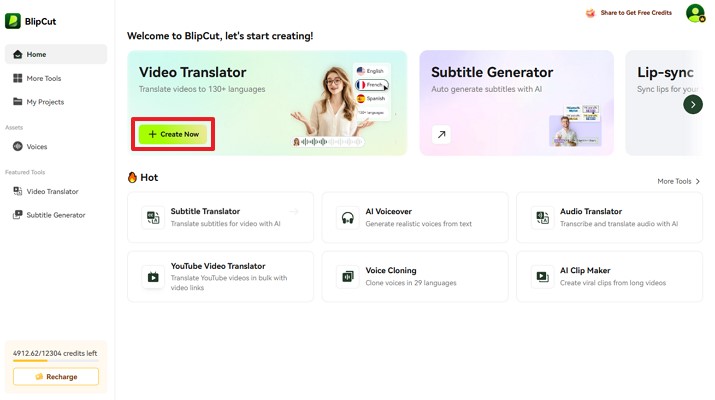
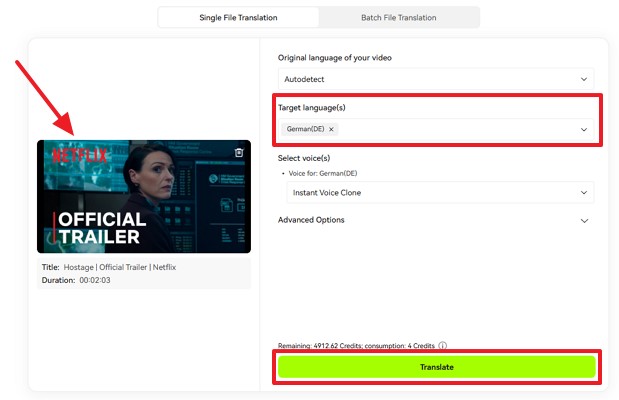
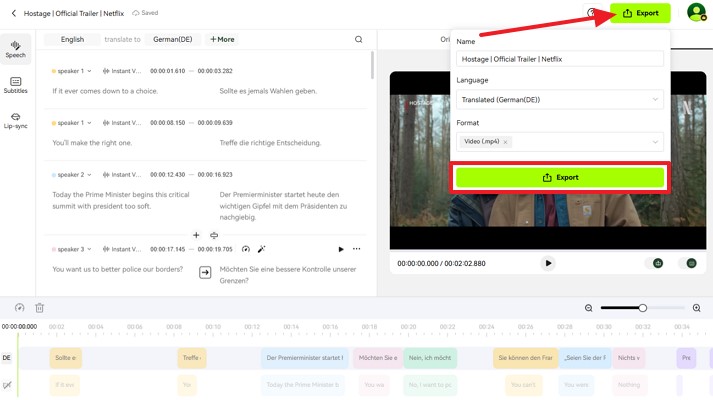

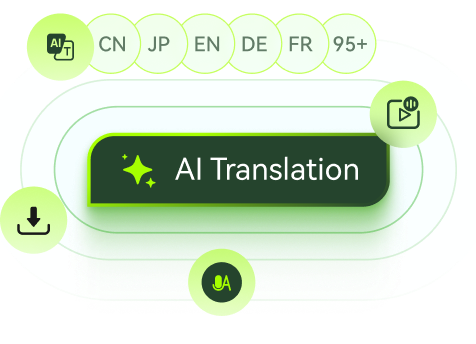
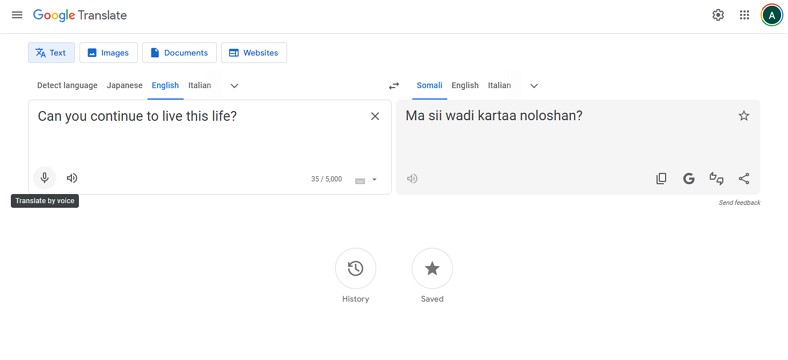
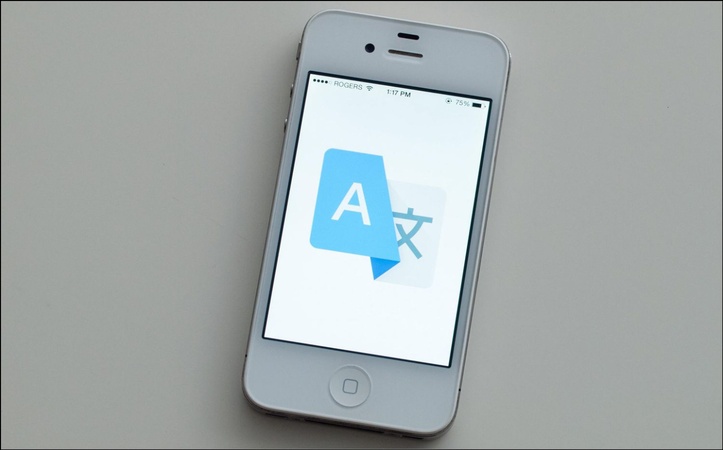
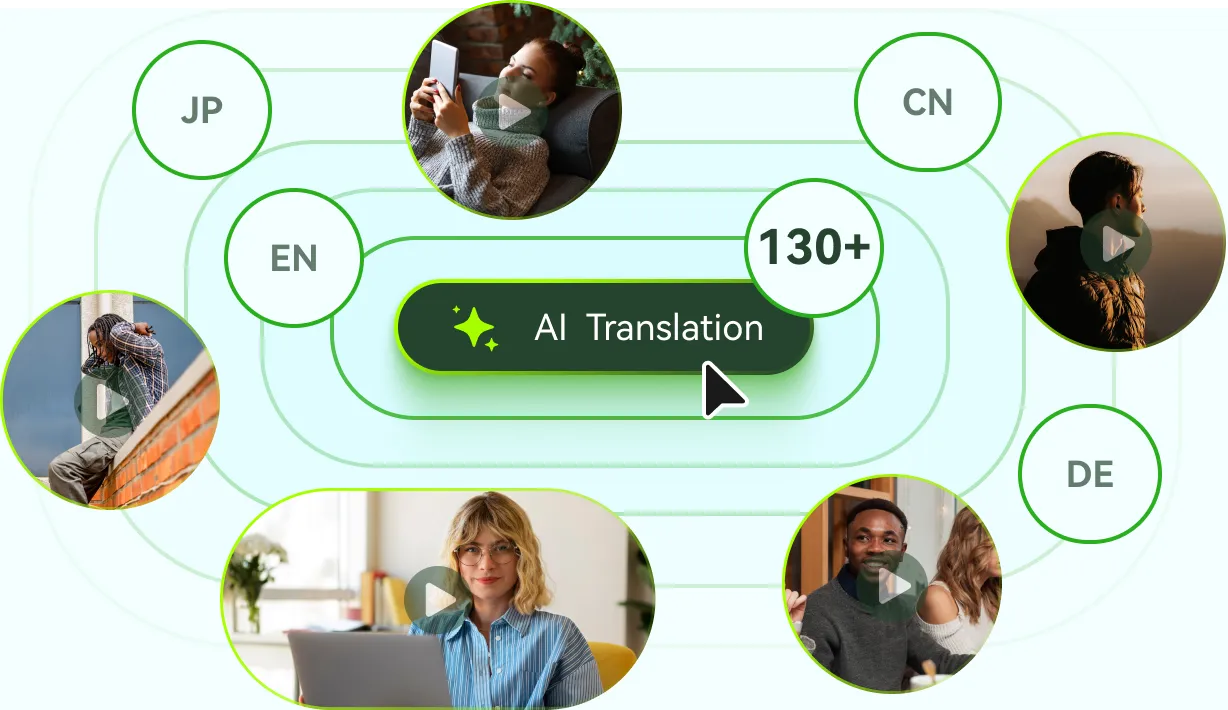
Blake Keeley
Editor-in-Chief at BlipCut with over three years of experience, focused on new trends and AI features to keep content fresh and engaging.
(Click to rate this post)